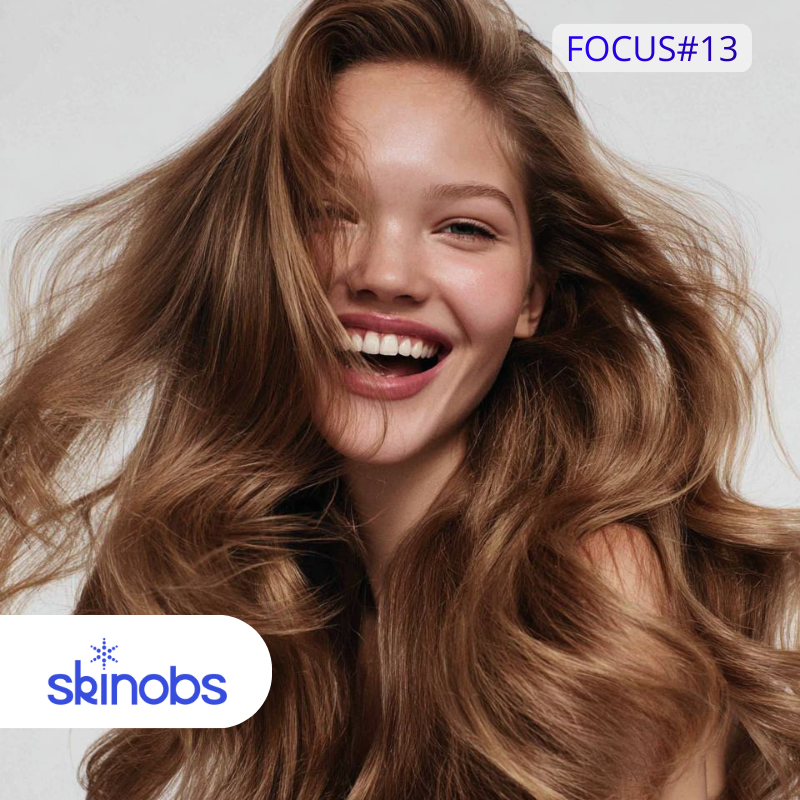Sensory evaluation plays a crucial role in the cosmetics industry, helping brands understand how consumers perceive their products beyond just chemical composition or efficacy. This evaluation focuses on the sensory attributes such as texture, fragrance, appearance, and overall feel, which directly influence customer satisfaction and product success.
In this article, we’ll dive into the key protocols for sensory evaluation in cosmetics and highlight best practices to ensure reliable and actionable insights.
What Is Sensory Evaluation in Cosmetics?
Sensory evaluation is a scientific method used to evoke, measure, analyze, and interpret reactions to characteristics of cosmetic products as perceived through the five senses: sight, smell, touch, taste (rare in cosmetics), and hearing (e.g., product sounds like sprays).
For cosmetics, the most relevant senses are touch, smell, and sight. This evaluation helps brands optimize formulations, packaging, and application methods to meet consumer expectations.
Why Sensory Evaluation Matters in Cosmetics
Cosmetics are highly experiential products. While efficacy is important, sensory factors often drive purchasing decisions and brand loyalty. A moisturizer’s creamy texture, a perfume’s appealing scent, or a lipstick’s smooth application can make or break the consumer experience.
Sensory testing also helps detect potential issues like irritation, unpleasant odor, or greasy feel early in development, reducing costly reformulations or recalls.
Key Protocols for Sensory Evaluation in Cosmetics
To obtain consistent and unbiased results, sensory evaluation in cosmetics follows standardized protocols. Here are some essential steps:
1. Define Objectives Clearly
Before starting, define what sensory attributes you want to assess—e.g., texture, spreadability, fragrance intensity, after-feel. Clear objectives guide test design and data interpretation.
2. Select the Right Panelists
Sensory panels typically consist of trained experts or target consumers. Trained panelists provide precise, reproducible data on specific attributes, while consumer panels offer insights on overall preference and acceptability.
Panel size varies based on study goals but usually ranges from 10 to 50 participants.
3. Use Controlled Testing Conditions
Standardize environmental conditions like lighting, temperature, and humidity to avoid external influences on perception. Testing rooms should be quiet and free of distracting odors.
4. Blind Testing and Randomization
To minimize bias, use blind or double-blind protocols where panelists don’t know the product brand or formulation. Randomize sample presentation order to prevent order effects.
5. Select Appropriate Sensory Methods
Common sensory methods in cosmetics include:
- Descriptive Analysis: Trained panelists rate intensity of specific attributes (e.g., creaminess, scent strength) on structured scales.
- Discrimination Tests: Determine whether panelists can detect differences between samples (e.g., triangle tests).
- Consumer Acceptance Tests: Gather subjective liking or preference data from target consumers.
- Time-Intensity Tests: Measure how sensory perceptions change over time after product application.
6. Use Structured Questionnaires and Scales
Use standardized questionnaires with Likert scales, category scales, or visual analog scales (VAS) to quantify sensory attributes. Clear, simple wording improves data reliability.
7. Collect and Analyze Data Statistically
Analyze sensory data using appropriate statistical methods such as ANOVA, principal component analysis (PCA), or cluster analysis. This helps identify significant differences and correlations.
Best Practices for Sensory Evaluation in Cosmetics
Consistent Training for Panelists
For expert panels, regular training sessions help calibrate panelists’ perceptions and reduce variability. Training should cover attribute definitions, scoring methods, and product handling.
Maintain Sample Integrity
Prepare and store samples under consistent conditions to avoid degradation or contamination that could affect sensory attributes.
Consider Cultural and Demographic Factors
Preferences for fragrance, texture, or color can vary across cultures and age groups. Tailor sensory tests to your target market for meaningful insights.
Incorporate Technology
Tools like electronic noses (e-noses), skin bio-instrumentation, and AI-driven sensory analysis can complement human panels and provide objective data on fragrance and texture.
Use Sensory Evaluation Early and Throughout Product Development
Incorporate sensory testing at multiple stages—from formulation prototypes to final products—to catch issues early and optimize the consumer experience.
Ethical Considerations
Ensure panelists provide informed consent and are aware of any product ingredients that could cause allergies or sensitivities.
Challenges in Sensory Evaluation and How to Overcome Them
- Subjectivity: Sensory perception is inherently subjective. Mitigate this with trained panels, standardized protocols, and statistical analysis.
- Panelist Fatigue: Long testing sessions can reduce accuracy. Limit the number of samples per session and provide breaks.
- Environmental Variables: Even subtle changes can influence results. Control testing conditions rigorously.
Conclusion
Sensory evaluation is a vital component of cosmetic product development, offering invaluable insights into consumer perception and preferences. By following key protocols and best practices, brands can ensure reliable, actionable data that enhances product appeal and market success.
In an industry where sensory experience can determine a product’s fate, investing in robust sensory evaluation processes is essential. Combining human expertise with emerging technologies will continue to refine how cosmetics are tested and perfected.
Speed up your testing projects with Skinobs





